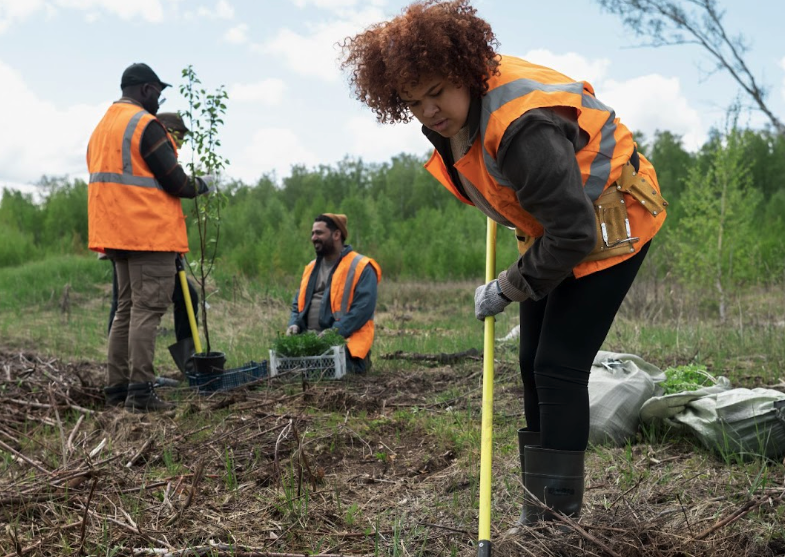Erosion control that works: silt fences, sediment basins and on-site tips

Introduction
If you manage a clearing project, erosion control is not optional. Bad erosion control shows up fast after the first rain and creates downstream damage, neighbor complaints, and regulatory headaches. This article focuses on practical erosion measures that perform under Florida conditions and how to keep them working.
Here’s what to do and when.
Plan controls to match your sequence
A site-specific erosion and sediment control plan must align with your clearing phases. Controls installed after clearing often fail. Install silt fences, inlet protection, and any necessary basins before ground is exposed.
That timing is the single biggest determinant of success.
Silt fences: correct installation and limits
Silt fences are useful for small drainage areas. Install them along contours downslope, trench the bottom, and secure fence posts solidly. Inspect them after each storm and repair undermined sections immediately.
Recognize limits: silt fences are not a substitute for basins when large flows are generated.
Sediment basins for larger sites
For larger disturbed areas, a sediment basin traps flow and allows solids to settle. Size basins to the expected runoff volume and provide a stable outlet. Maintain basins by removing accumulated sediment on a schedule.
A neglected basin will overflow and make a much bigger problem.
Temporary diversions and check dams
Use diversion swales to route clean water around disturbed areas. Place check dams in temporary channels to slow flow and promote settling. These low-cost devices buy time and reduce scour.
Protect stockpiles and entrances
Cover topsoil and mulch stockpiles, and keep them inside bermed containment. Stabilize construction entrances with aggregate to reduce road tracking. Sweep streets promptly if sediment escapes.
Preventing off-site transport is simpler than cleaning it up.
Stabilize quickly
Hydroseeding, mulch, and erosion-control blankets stabilize slopes faster. Use native seed mixes appropriate for Florida soils. The quicker you stabilize, the lower your maintenance and enforcement risk.
Inspect and document
Daily inspections during active work, and after storms, are essential. Keep a visible inspection log and photograph repairs. Agencies want to see evidence of proactive maintenance.
Common failure causes
Common failures include late installation, inadequate trenching of silt fences, undersized basins, and stockpile runoff. Learn these failure modes and plan against them.
Innovations that help
Mulching machines, turf reinforcement on steep slopes, and quick-curing stabilization products reduce re-work. They cost more up front but save money when they prevent fines and regrading.
Conclusion
For fort myers land clearing and land clearing in fort myers generally, erosion control must be planned, implemented early, and maintained. Install controls before clearing, size basins correctly, stabilize quickly, and inspect daily. Do that and you avoid the common, expensive failures that stop projects cold.


